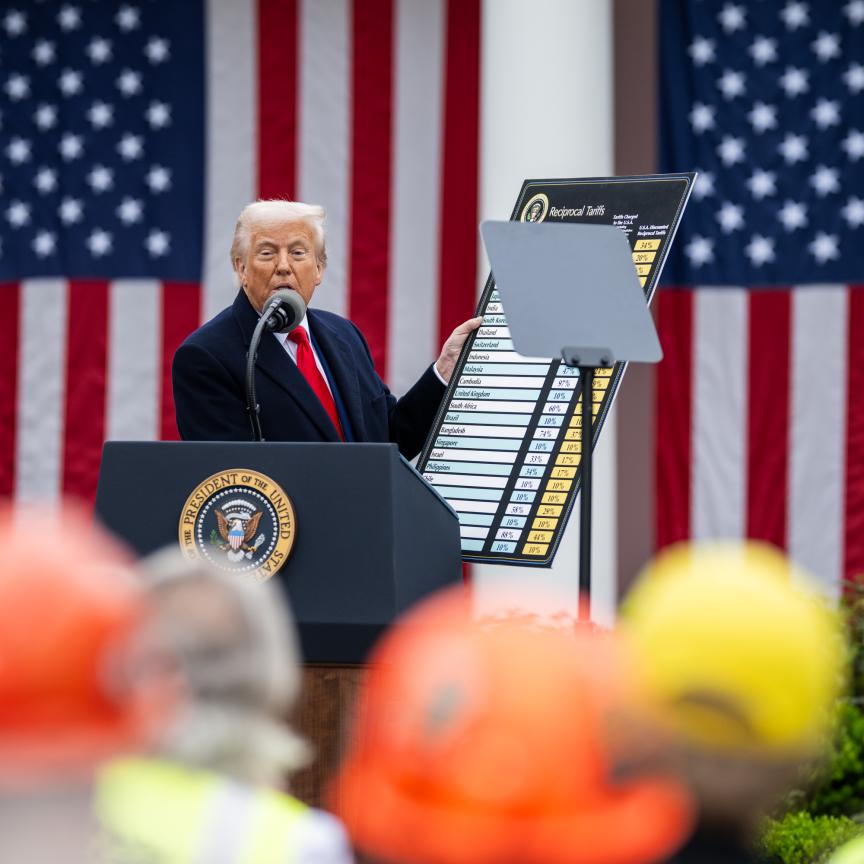Zecotek Photonics, a developer of photonics technologies for medical, industrial and scientific markets, has filed a US patent application for its method of manufacturing crystal block arrays used in positron emission tomography and gamma scanning devices. According to the company, the LFS scintillation crystal array manufacturing and assembling process results in a more flexible production output at an improved price point.
Zecotek’s patented LFS scintillation crystals are known for their high light yields and ultra-fast decay times which allow for faster and higher-resolution operation of medical imaging equipment such as PET medical scanners, and industrial imaging devices used in high energy physics experiments. The crystals also cover a range of emission wavelengths which can match the spectral sensitivity of various photo detectors.
Medical applications include micro-PET detectors, widely used in drug research, and in gamma cameras used for breast and prostate examinations. Non-medical applications include gamma ray detector systems for homeland security, geological surveying, materials analysis, high energy physics and nuclear stockpile monitoring.
The crystals will be supplied by the Beijing Opto-Electronics Technology Company (BOET), a specialist in growing, cutting, polishing and large scale production of scintillation crystals grown by the Czochralski method. Zecotek’s manufacturing process permits the growth of very large-diameter boules with uniform properties and without cracking − a common problem with scintillation materials − resulting in high element output and lower unit costs.
‘Our scientific team is continually searching for better, more efficient ways to manufacture and produce our imaging technologies to meet the requirements of the OEM’s which are presently going through a reconfiguration of their machines,’ said Dr A F Zerrouk, chairman, president, and CEO of Zecotek Photonics. ‘By modifying the method of manufacturing and assembling our LFS crystal arrays, we can now produce crystal arrays of variable sizes and configurations even for low volume quantity with precise control on the pitch dimension between individual elements.’

